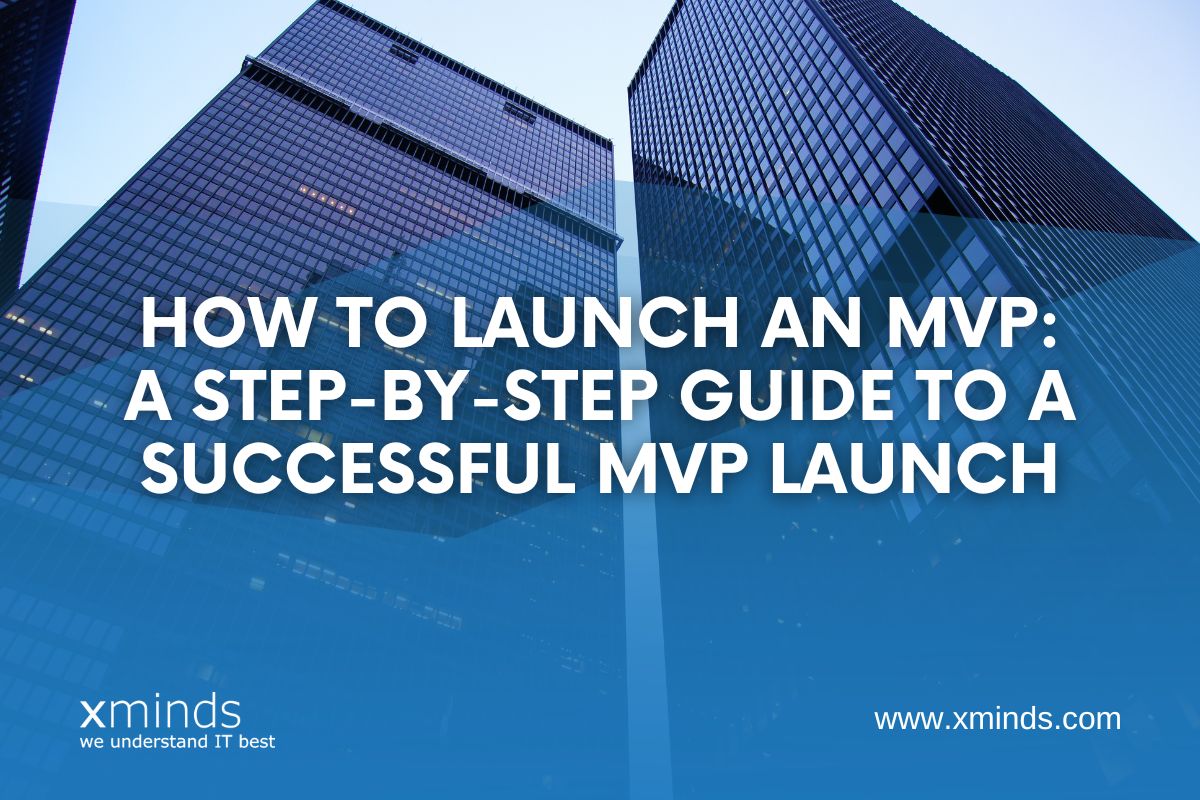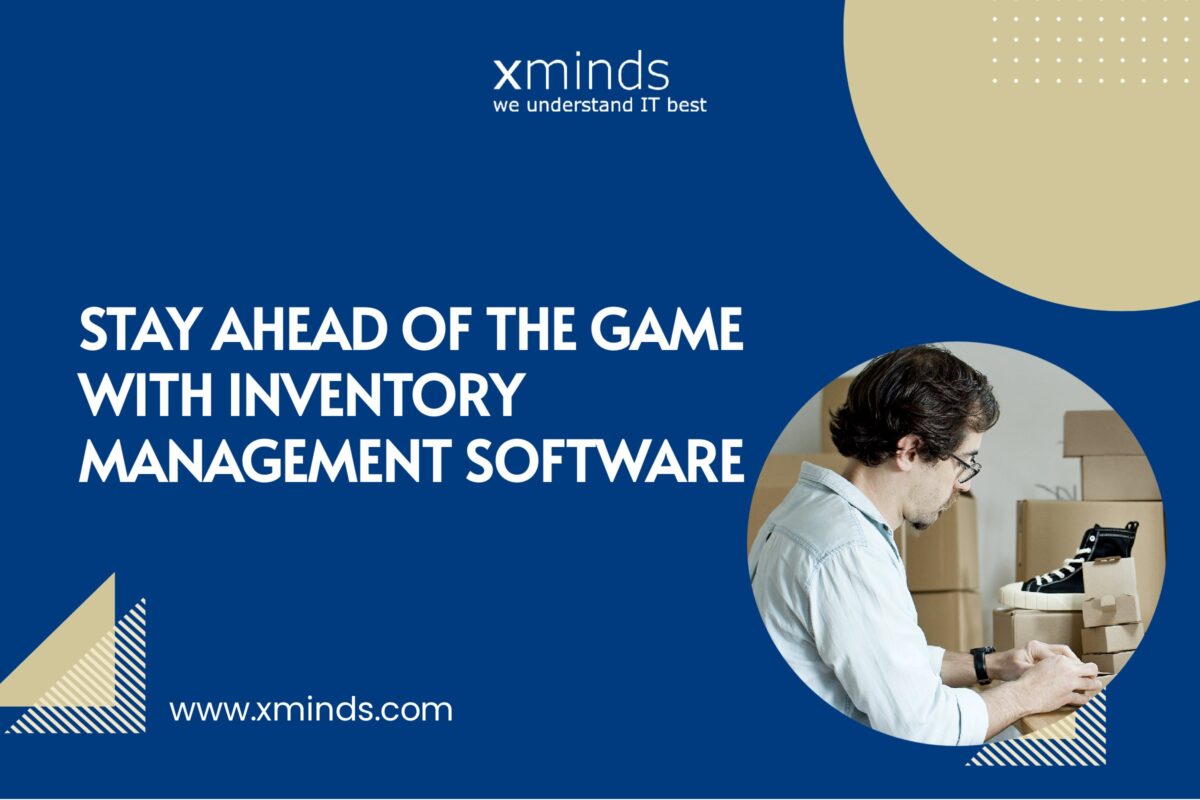How to launch an MVP: A Step-by-Step Guide to a Successful MVP Launch

Introduction: The Power of a Minimum Viable Product (MVP)
A successful product MVP launch needs thorough preparation, testing, and implementation. Building a Minimum Viable Product (MVP) is one of the best strategies to reduce risks and validate your idea. With an MVP, you can gauge market demand, get insightful feedback from early users, and make data-driven decisions to enhance your product.
In this guide, we will delve into the world of MVPs and explore the key steps involved in launching one. Whether you’re a startup founder, a product manager, or an aspiring entrepreneur, this article will provide you with the insights and strategies you need to bring your MVP to market successfully.
1. What is an MVP?
Let’s define an MVP first before moving on to the launch procedure. An MVP is a prototype of your product that has the essential components required to satisfy the demands of early adopters. With little work on your part, it enables you to test your hypotheses, receive user feedback, and validate your business idea.
Click here to learn more about MVP.
2. Identifying your target audience
When releasing an MVP, it is essential to comprehend your target audience. You may efficiently design your product to meet the unique demands and requirements of your audience by determining their needs, problems, and preferences. To learn more about potential customers’ interests and behaviour, conduct market research, examine the offers of other companies, and interact with them.
3. Setting clear objectives
When releasing an MVP, it is essential to comprehend your target audience. You may efficiently design your product to meet the unique demands and requirements of your audience by determining their needs, problems, and preferences. To learn more about potential customers’ interests and behaviour, conduct market research, examine the offers of other companies, and interact with them.
4. Defining MVP features
One of the most important steps in the development process is selecting the essential elements of your MVP. Pay attention to the aspects that help your target audience with their main problems. Prioritizing the most important features can help you stay on budget and on schedule while still producing a high-quality product.
5. Building an MVP prototype
Creating a prototype is an essential part of the MVP development process. It allows you to visualize your product and gather early feedback before investing significant resources in development. Use wireframing tools or engage with a development team to build a functional prototype that demonstrates the key features and user experience.
6. Conducting user testing
User testing is a crucial stage in the introduction of the MVP. Invite several prospective users to try out your prototype so you can get their opinions on its usability, usefulness, and general appeal. Consider your product’s improvements after analyzing their feedback to solve any discovered problems.
7. Refining and iterating
Based on the insights gained from user testing, refine your MVP and iterate on its features and design. The iterative approach allows you to continuously improve your product, making it more aligned with your users’ needs and preferences. Seek feedback from users at each iteration to ensure you’re moving in the right direction.
8. Preparing for the launch
You must get your product ready for market entry as you approach the launch phase. To fix any faults or usability problems, carry out a thorough quality assurance process. Create interesting content, a thorough marketing campaign, and a pricing strategy to advertise your impending MVP.
9. Creating a compelling landing page
A well-crafted landing page can help you attract attention and gather leads for your MVP. Write appealing content that emphasizes your product’s primary features, integrates eye-catching imagery, and contains strong calls-to-action (CTAs). To make your landing page more visible and draw in organic visitors, optimize it for search engines.
10. Generating pre-launch buzz
Building anticipation and excitement before your MVP launch is essential to maximize its impact. Leverage social media platforms, industry influencers, and relevant online communities to create buzz around your product. Consider offering exclusive early access or incentives to early adopters to incentivize them to spread the word.
11. Launching your MVP
It’s now time to introduce the world to your MVP. Make sure your launch is coordinated across all platforms, such as your website, social media, and email marketing. To make sure a seamless and effective launch, keep an eye on user feedback and interact with your early adopters.
12. Analyzing user feedback
The long-term viability of your MVP depends heavily on the gathering and analysis of user input. To learn more about how your product is doing, conduct user interviews, use analytics tools, and conduct feedback surveys. Based on user requirements and preferences, decide which features should be improved and in what order.
13. Scaling your MVP
Scaling your operations is necessary after your MVP has been validated and successfully deployed. Make sure your infrastructure can manage rising user demand as part of your scalability plan. To encourage growth and customer retention, keep an eye on your analytics and make product improvements based on user input.
Frequently Asked Questions (FAQs)
Q1: How much time does it take to launch an MVP?
Launching an MVP timeline can vary depending on the complexity of your product and your development resources. However, on average, Xminds builds MVP in a time span of 8-10 weeks.
Q2: Do I need technical skills to launch an MVP?
While having technical skills can be beneficial, you don’t necessarily need them to launch an MVP. You can hire a development team or use no-code/low-code tools to bring your MVP to life.
Q3: Should I launch my MVP on all platforms simultaneously?
It’s advisable to focus on one platform initially, preferably the one most aligned with your target audience. Once you gather feedback and make the necessary improvements, you can expand to other platforms.
Q4: How do I measure the success of my MVP?
Success metrics for an MVP can include user engagement, conversion rates, customer satisfaction, and feedback. Define your KPIs beforehand and track them regularly to measure the success of your MVP.
Q5: What if my MVP receives negative feedback?
Negative feedback is an opportunity for improvement. Analyze the feedback, identify patterns, and address the pain points raised by users. Use negative feedback as a stepping stone to enhance your product.
Conclusion
A thrilling and transforming adventure, the launch of an MVP can pave the path for a successful product. You may reduce risks, get insightful user input, and iterate on your product to successfully fulfil market demand by following the step-by-step procedure described in this tutorial. Remain focused, adjust to user demands, and continually improve your MVP in response to feedback. A successful MVP launch will put you on the road to creating a long-lasting product. Want help with your MVP and startup development needs? We’re happy to help! Contact us.
Related articles




One comment